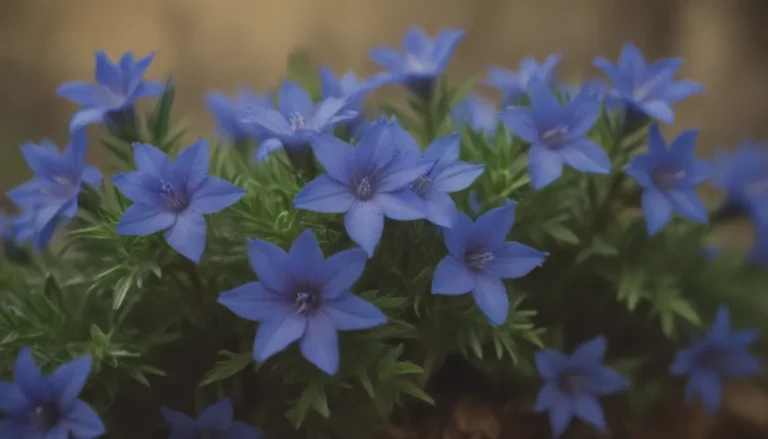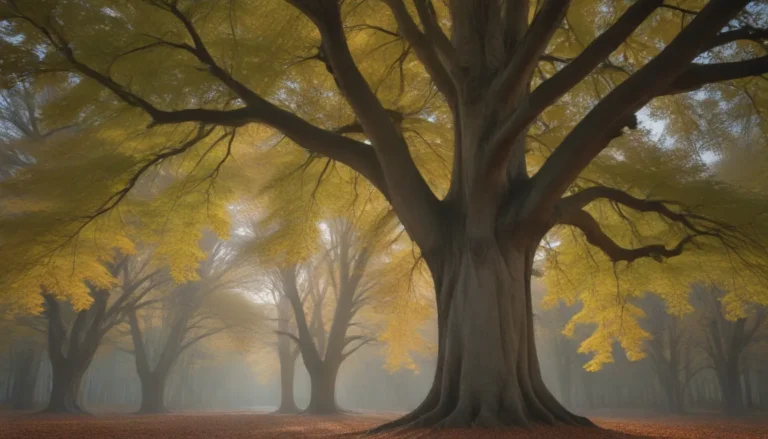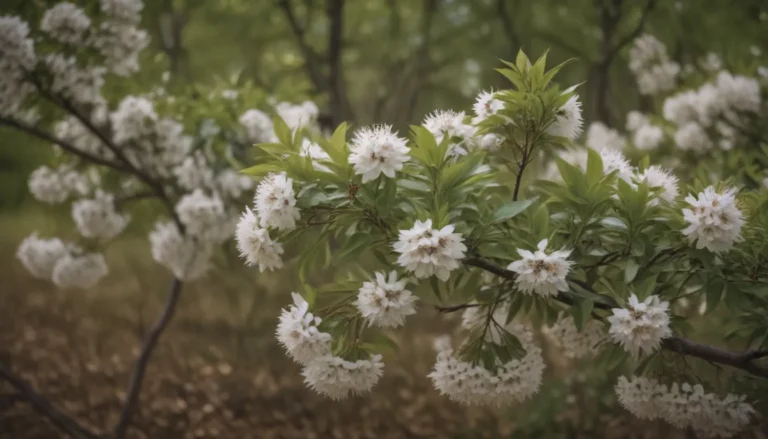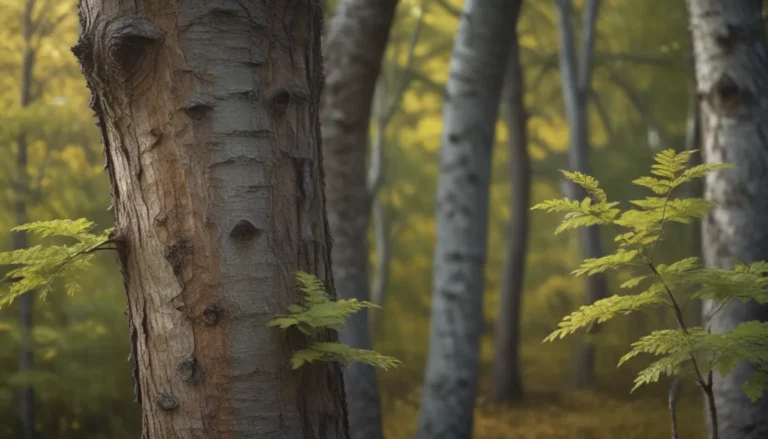Unveiling the Beauty of Red Twig Dogwood: Everything You Need to Know
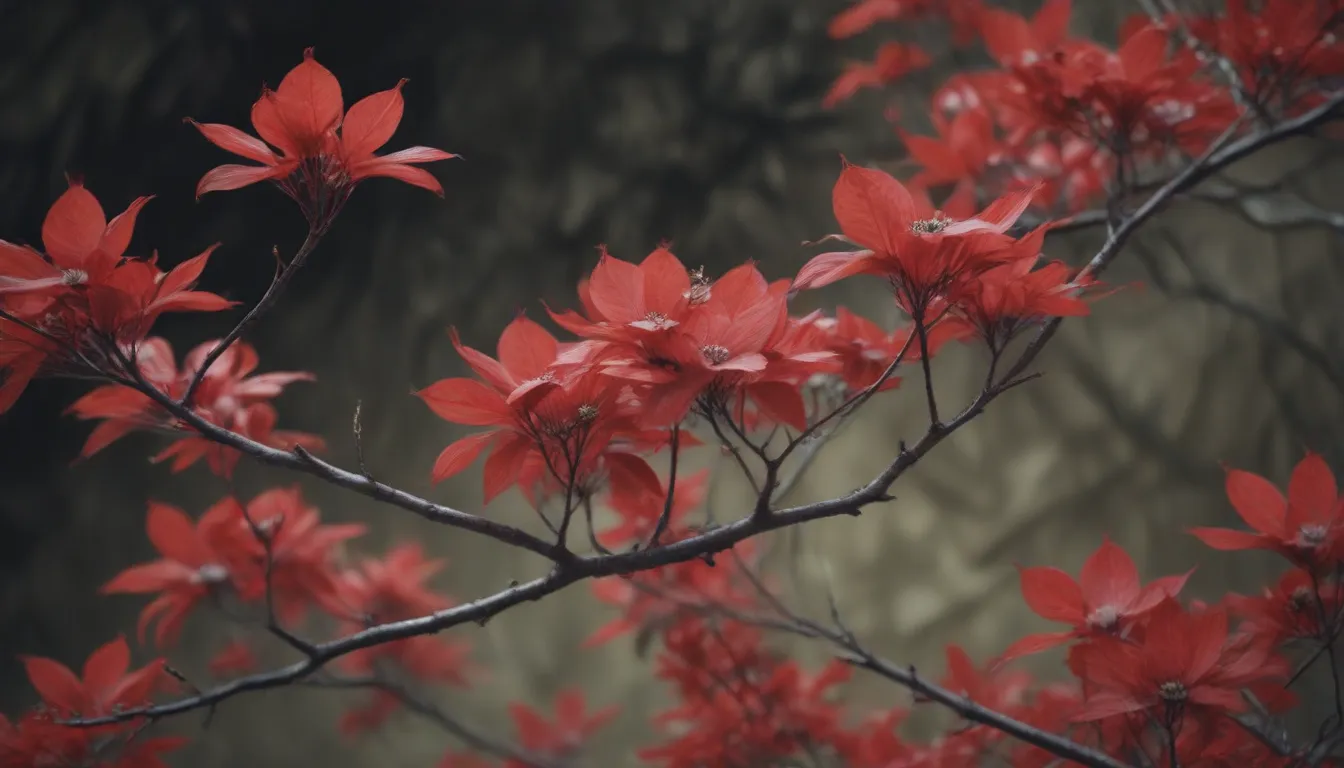
Have you ever marveled at the stunning red branches of the red twig dogwood during the winter season? These vibrant shrubs not only add a pop of color to your landscaping but also offer year-round interest with their delightful spring blossoms, variegated leaves in the summer, and berries that adorn the plant from summer through fall. The flat clusters of small white flowers that eventually give way to white berries tinged with blue and green are a treat for the eyes. Additionally, red twig dogwood is not only deer-resistant but also a valuable food source for birds and small animals. Let’s delve into the world of red twig dogwood and discover how to care for and grow these magnificent shrubs.
Discovering the Charm of Red Twig Dogwood Care
Planting Tips
- Red twig dogwood shrubs are typically planted as nursery-grown container plants or ball-and-burlap specimens in the fall or early spring.
- Choose a location with full or dappled sun and ensure well-draining soil for optimal growth.
- Dig a hole that is twice as wide and slightly deeper than the root ball of the plant, and space the shrubs 5 to 10 feet apart, depending on the variety.
Light Requirements
- Red twig dogwoods will tolerate partial shade but display the brightest red bark when grown in full sun.
Soil Needs
- These shrubs thrive in consistently moist soil and prefer slightly acidic conditions (pH 5.5 to 6.6).
- Work humus into the soil for added nutrients to promote healthy growth.
Watering Guidelines
- Keep the soil consistently moist for new plants by watering weekly during the first few months.
- Mature plants only require watering during extended periods of dry spells.
Temperature and Humidity Considerations
- Red twig dogwoods adapt well to a wide range of temperatures but may struggle in extremely hot and humid climates.
- Monitor the plant for signs of diseases such as canker in unfavorable weather conditions.
Fertilizing Needs
- Red twig dogwoods have low fertilizing requirements and can be side-dressed with compost in the early spring.
- Consider using fish emulsion once the plant has started leafing out, although additional feeding may not be necessary.
Exploring the Diversity of Red Twig Dogwoods
Several types of red twig dogwoods exist, each with its unique characteristics and cultivars. From Tatarian dogwoods to Red osier dogwoods and Bloodtwig dogwoods, these species offer a wide array of choices for your landscaping needs. Remember to select your preferred cultivar from a reputable source to ensure you get the exact variety you desire.
Delving into Pruning and Propagation
Pruning Techniques
- To maintain the vibrant red color of your red twig dogwood, consider pruning out a third of the older branches every two to three years.
- Prune the shrubs in late winter or early spring to encourage new growth and enhance the plant’s overall appearance.
Propagation Tips
- If you wish to propagate red twig dogwoods, take hardwood cuttings in late fall while following specific guidelines for trademarked varieties.
- Determine the variety of red twig dogwood you have before proceeding with propagation methods.
Managing Pests and Diseases
From scale insects to leaf miners and bagworms, red twig dogwoods are prone to various pests that can affect their health. Similarly, fungal diseases such as leaf and twig blights, canker, and leaf spots can impact the plant’s overall well-being. Be vigilant in monitoring your shrubs for any signs of infestations or diseases and take appropriate measures to maintain their health.
Cultivating Blooms and Resolving Common Issues
Encouraging Bloom Formation
- Red twig dogwoods typically bloom in late spring and early summer, offering a delightful display of white flowers with a sweet floral scent.
- To promote more blooms, focus on stem rejuvenation and provide adequate water during flowering seasons.
Addressing Common Problems
- If your red twig dogwood lacks its signature red color, consider pruning older stems to stimulate the growth of vibrant new shoots.
- Keep an eye out for black spots on stems, which may indicate stem blight and require prompt pruning to prevent further spread.
- Manage suckers to prevent energy depletion from the plant and ensure the growth of colorful stems.
Embracing the Beauty of Red Twig Dogwood in Your Landscape
In conclusion, red twig dogwood is a versatile and visually appealing shrub that can enhance your landscaping throughout the year. With proper care, these shrubs can thrive and provide an array of benefits, from attracting wildlife to adding a burst of color to your outdoor space. By following the guidelines outlined in this comprehensive guide, you can cultivate a flourishing garden filled with the beauty of red twig dogwood. So, why not add these vibrant shrubs to your landscape and enjoy their year-round charm?
Remember, the enchanting world of red twig dogwood is waiting to be explored, offering a wealth of possibilities for your gardening adventures. Happy planting!
Sources:
– Tatarian dogwood. University of Minnesota Extension.
– Cornus sericea. Missouri Botanical Garden.
– Dogwood Family. University of Kentucky College of Agriculture, Food and Environment.
– Gardening FAQ. New York Botanical Garden.
